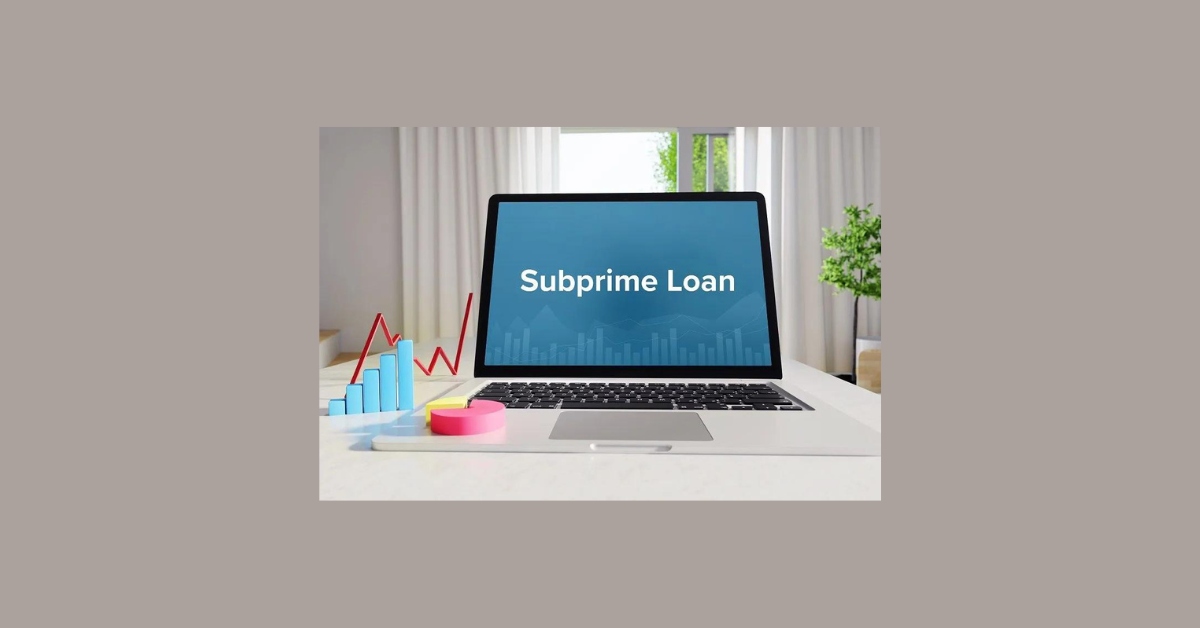Identifying Subprime Auto Loan Trends
Subprime auto loan trends are essential to monitor for investors, financial institutions, and policymakers alike. These trends can provide valuable insights into the health of the auto lending market and potential risks associated with subprime loans. By analyzing data such as delinquency rates, loan terms, and borrower profiles, observers can make informed assessments of the overall market dynamics and anticipate potential shifts in borrower behavior.
One key trend in subprime auto loans is the increasing level of loan delinquencies and defaults among borrowers. As economic conditions fluctuate, the ability of subprime borrowers to make timely payments on their auto loans can be significantly impacted. Monitoring these delinquency rates can help stakeholders gauge the overall risk exposure in the subprime auto lending sector and make adjustments to their strategies accordingly.
Understanding the Risks of Subprime Auto Loans
Subprime auto loans come with inherent risks that borrowers, lenders, and investors need to be aware of. One of the primary risks is the higher interest rates associated with subprime auto loans, making them more expensive for borrowers. This can result in difficulty for borrowers to make timely payments, leading to an increased likelihood of default.
In addition, subprime auto loans are often given to individuals with lower credit scores or limited credit histories, which poses another risk. These borrowers may have a higher probability of defaulting on their loans due to financial instability or unforeseen circumstances. This can create challenges for lenders in terms of recovering the loan amount and interest, resulting in potential losses.
Researching Subprime Auto Loan Lenders
When researching subprime auto loan lenders, it is crucial to consider their reputation and track record in the industry. Look into their past performance in terms of loan default rates and delinquencies to gauge their risk levels. Additionally, assessing the lender’s underwriting standards and practices can provide insight into their approach to evaluating potential borrowers.
Moreover, examining the lender’s customer reviews and feedback can offer valuable perspectives on their customer service and satisfaction levels. Understanding how they communicate with borrowers and handle issues can give you a sense of what to expect when dealing with them. By conducting thorough research on subprime auto loan lenders, you can make informed decisions that align with your financial goals and risk tolerance.
Analyzing the Performance of Subprime Auto Loan Securities
The performance of subprime auto loan securities can be a volatile and complex matter to dissect. Investors often scrutinize the underlying factors that influence the repayment behavior and default rates associated with these financial instruments. It is crucial to delve into the historical data and track the trends to make informed decisions regarding potential risks and rewards.
Furthermore, the analysis of subprime auto loan securities requires a meticulous examination of various economic indicators, borrower credit profiles, and prevailing market conditions. Understanding the correlation between these factors and the performance of the securities can provide valuable insights for investors seeking to navigate the intricacies of this niche market. By employing thorough research and analytical tools, investors can better position themselves to capitalize on opportunities or mitigate potential losses in the subprime auto loan sector.
Exploring Short Selling Opportunities in Subprime Auto Loans
Short selling is a strategy in which investors profit from the decline in the value of a particular asset. When it comes to subprime auto loans, short selling opportunities may arise when there is an expectation of a rise in loan defaults or delinquencies. Investors who believe that the subprime auto loan market is overheated or unsustainable may consider short selling positions to capitalize on potential downturns in the market.
It is crucial for investors considering short selling opportunities in subprime auto loans to conduct thorough research and analysis. Understanding the underlying factors driving the performance of these loans, such as economic conditions, loan terms, and borrower profiles, is essential for making informed investment decisions. Additionally, monitoring trends in the subprime auto loan market and staying abreast of any regulatory changes or developments can help investors identify potential entry and exit points for short selling positions.















